Switzerland lies in the heart of Europe and although it’s only half the size of the state of Maine there is an incredible number of sights for every kind of traveler. Switzerland is home to cosmopolitan cities, glittering lakes and the highest mountains in Europe. A week is just the right amount of time to discover Switzerland’s many highlights. Discover the best one week itinerary for your first trip to Switzerland.
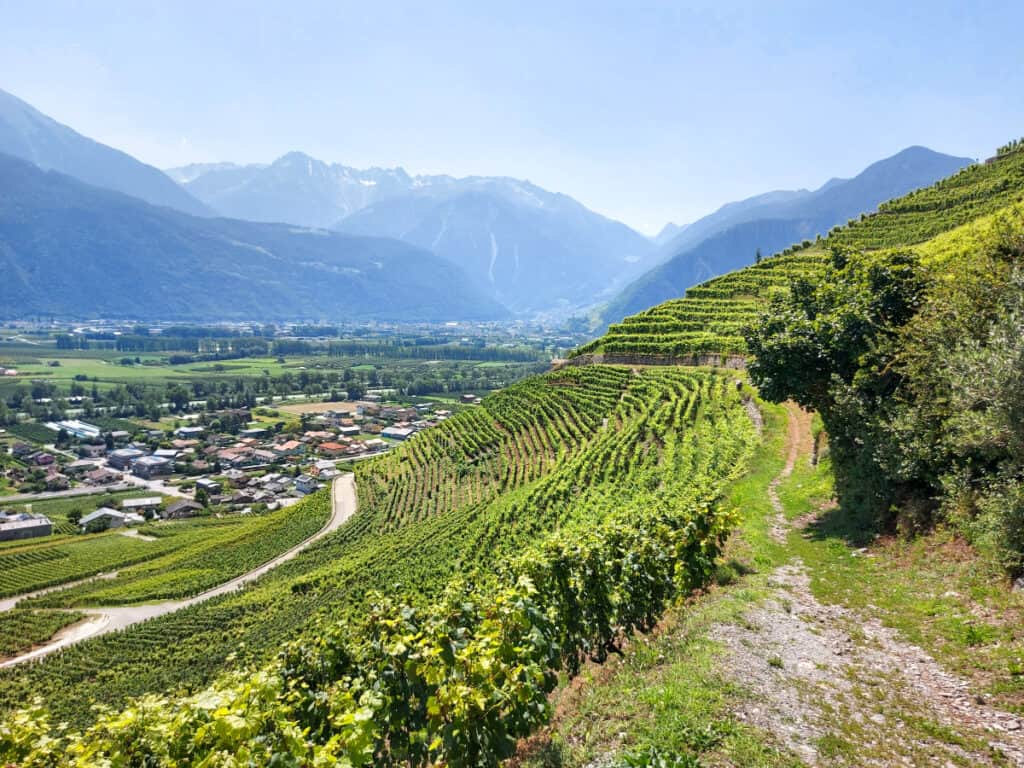
This post contains affiliate links. The Casual Travelist receives a small commission for any purchases made through these links at no additional cost to you
Switzerland has one of the best transportation networks in the world. Buses go to the furthest valleys and trains are always on time. For this reason, the use of the Swiss Travel Pass is absolutely recommended. It offers free use of all public transport (including buses, trains, and boats) as well as free admission to over 500 museums and reduced costs for cable cars.
Day 1: Schaffhausen – St. Gallen
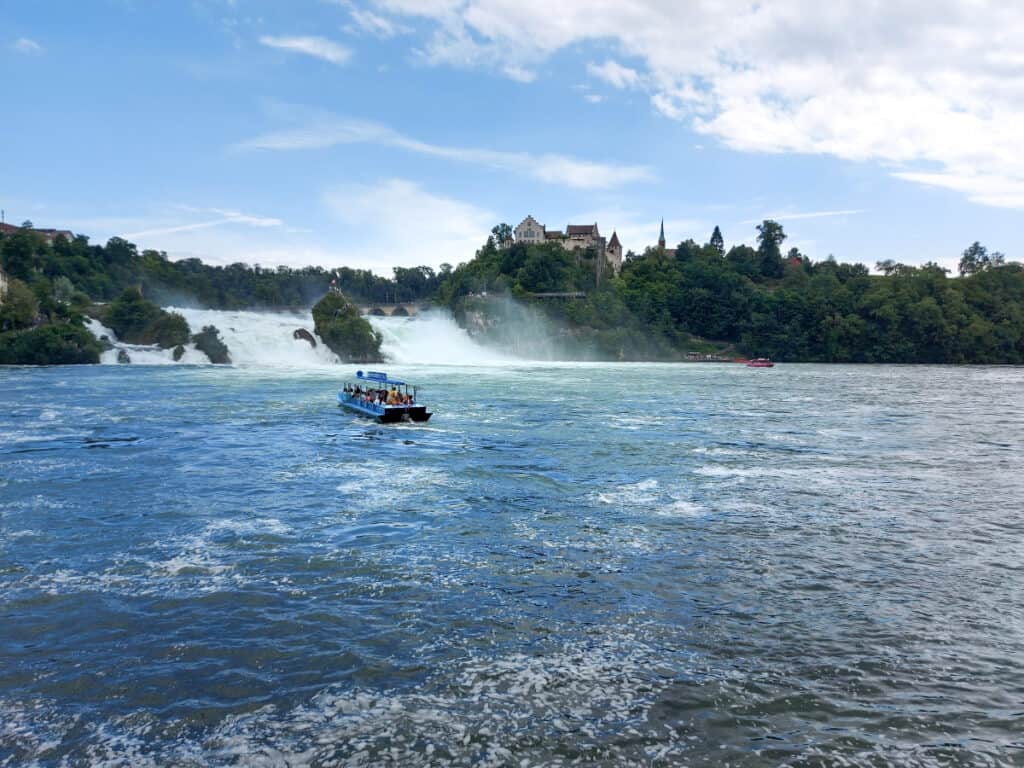
After arriving in Zurich make your way to Schaffhausen, a small city on the banks of the Rhine. Towering over the well-preserved old town dotted with half- timbered houses lies the imposing Munot Fortress. Schaffhaussen is also home to All Saints Monastery, together with the its cloister is considered largest Romanesque religious structure in Europe. The highlight of Schaffhausen is Rhine Falls, a majestic waterfall The Rhine Falls is nearly 500 feet wide with a 75 foot drop. There are various lookout points on both sides of Rhine Falls and visitors can also take a boat to the center rock in the middle of the waterfall. Just over an hour’s train ride southeast from Schaffhausen, you will reach the beautiful city of St. Gallen. Its baroque old town, declared a UNESCO World Heritage Site, is perfect to explore on foot. Be sure not to miss the Abbey Library, one of the oldest and most libraries in the world.
Day 2: Sargans – St. Moritz
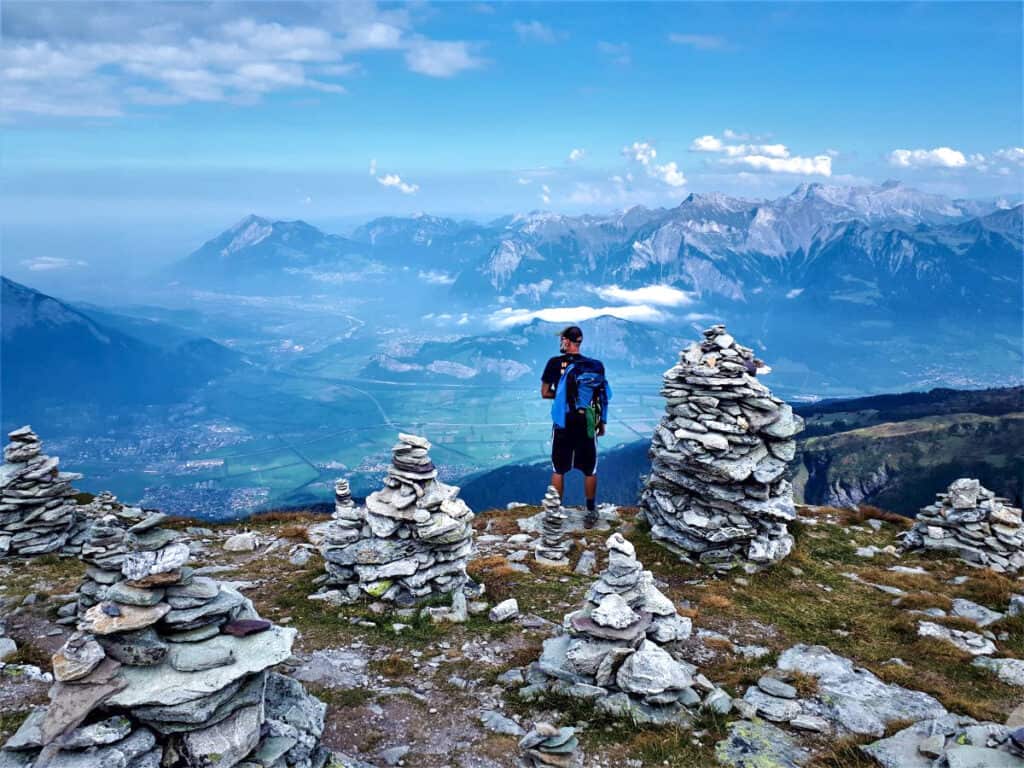
From St. Gallen grab a train and make the 90 minute ride to Sargans. Here you’ll find a stunning hike through the Pizol’s five crystal clear mountain lakes and into the UNESCO World Heritage Site of Sardona. If you’re not looking to hike be sure to explore Sargans Castle, a majestic fortress with an award winning museum. Continue your train journey through the picturesque Engadin region to St. Moritz. This beautiful alpine village is best known as the winter playground to the jet set though summers bring sailing across Lake St. Moritz.
Day 3: St. Moritz – Zermatt
The train ride on the Glacier Express from St. Moritz to Zermatt is one of the most dazzling railways in the world. From St. Moritz the impressive 8-hour train ride passes through the picturesque Engadine Valley over the Oberalp Pass and through the small town of Andermatt before reaching Brig and the Rhone Valley. The dining car offers local Swiss specialties, and an audio guide system provides information about the landscape and towns along the route. There are frequent stops for passengers to disembark and enjoy the spectacular views. The final stop is the town of Zermatt, home of the famous peaks of the Matterhorn.
Day 4: Zermatt
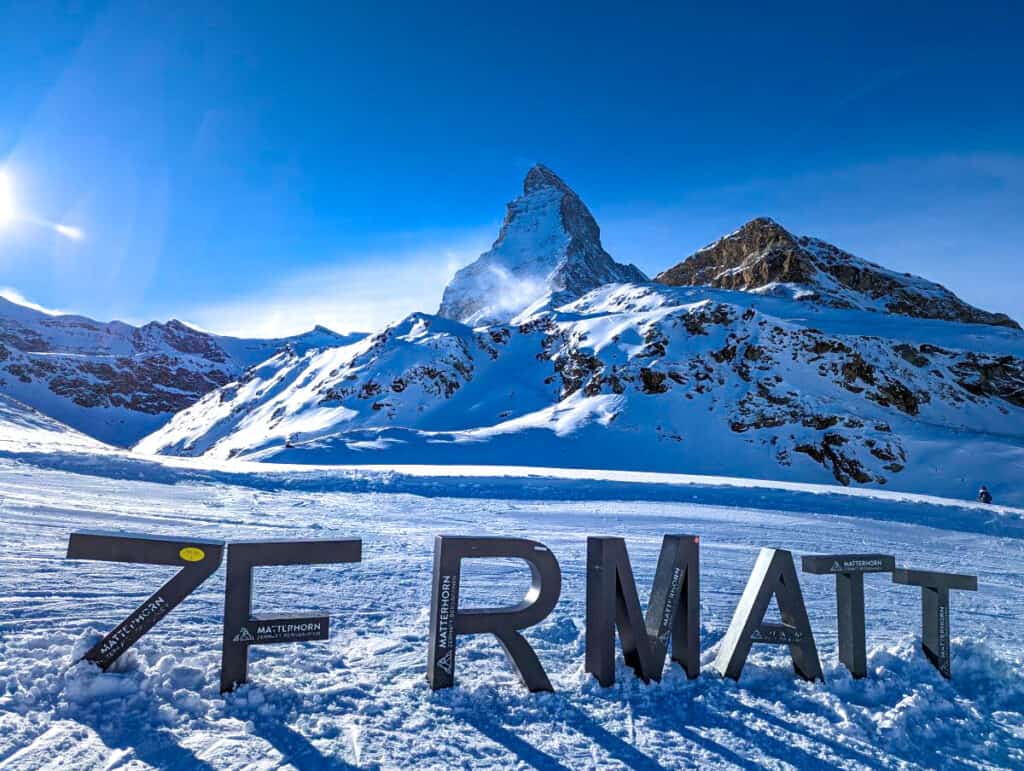
Today is the day to experience Zermatt and the mighty Matterhorn. Take the Gornerbahn train directly from town to the mountain ridge known as the Gornergrat which offers stunning panoramic views of the Alps in every direction. An easy hike leads along the Gorner glacier, to the Riffelhaus. From here you can take 2 more cable car rides to ascend to the Matterhorn. Here you will find both the highest cable car station in Europe but also the highest ice palace on the continent. The breathtaking view includes 38 peaks that tower over 12000 feet as well as 14 glaciers .Back in the car free town of Zermatt you can wander through the old part of the village, with traditional Valais houses as well as the Matterhorn Museum, which explains the history of the mountain and Zermatt. Take the evening train to Sion, just under 2 hours away, and spend the night there.
Day 5: Sion – Interlaken
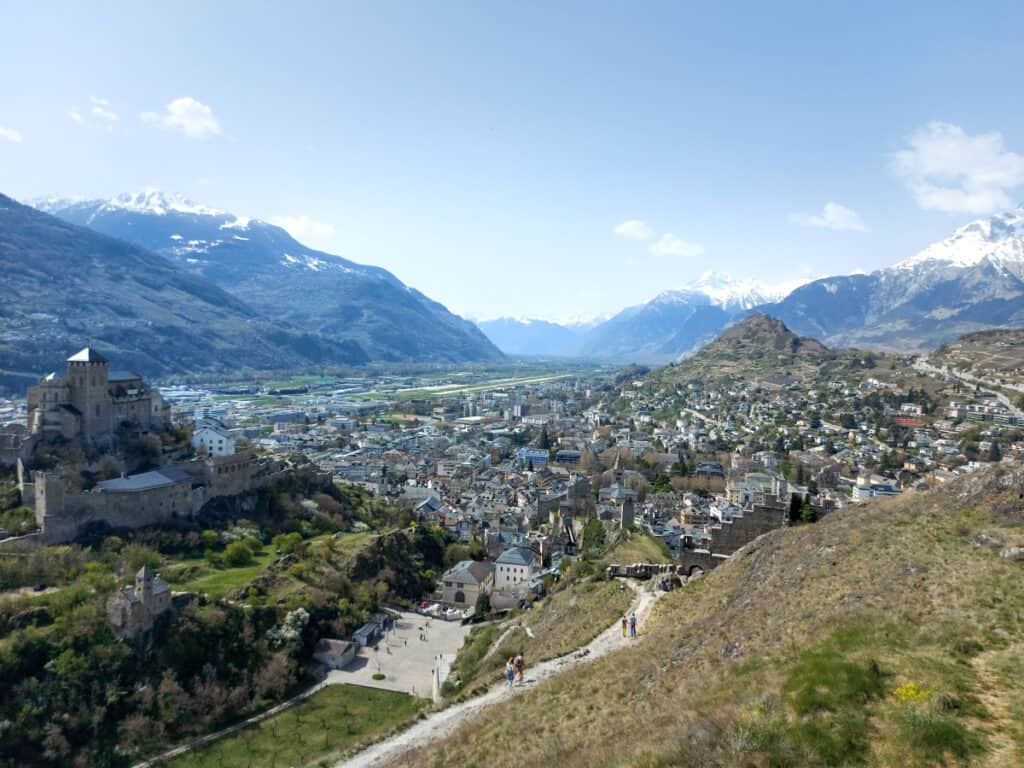
Use the morning to explore the beautiful small town of Sion, in French-speaking Switzerland. Perched above town are the two 13th-century castles of Tourbillion and Valère. The castles, some of them in ruins, offer a fantastic views over the Rhone valley and its beautiful wine terraces. Around noon take the train for the 1.5 hour ride to Interlaken. This beautiful town is situated two stunning alpine lakes and is a haven for sightseers and adventurers alike. Whether you explore Lake Brienz by boat, take the cable car to Harder Kulm with offers up panoramic views over Interlaken or paraglide from the mountaintops, Interlaken is a place you can not miss.
Day 6: Interlaken – Bern
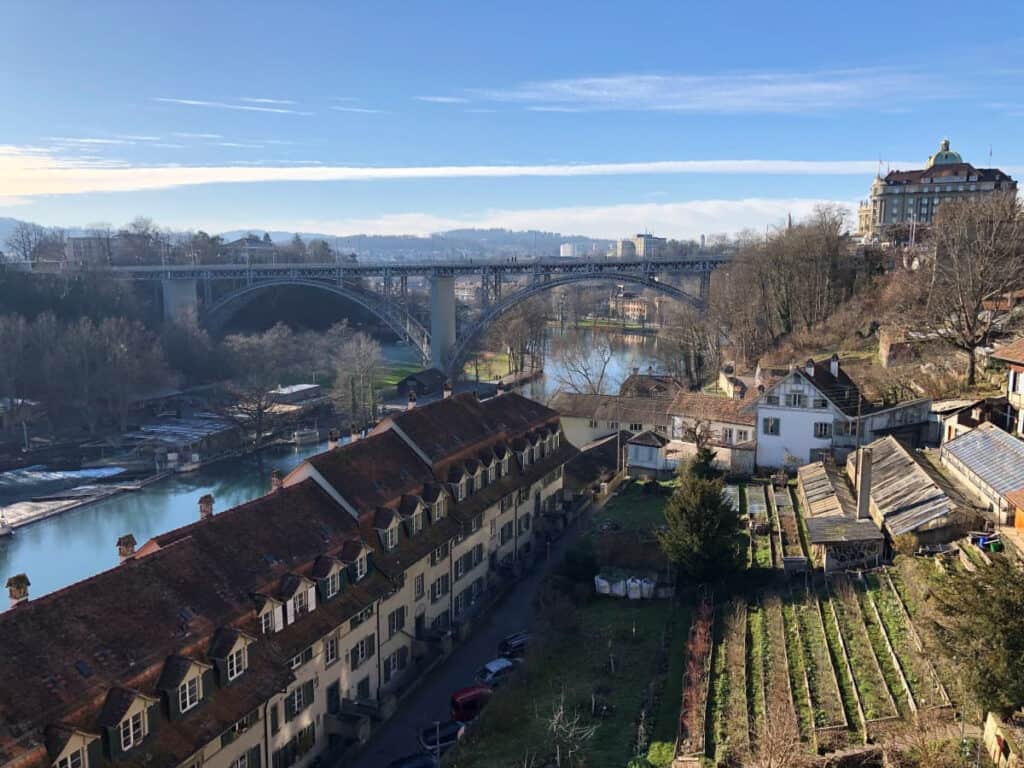
From Interlaken travel to the small village of Grindelwald, which is the gateway to Jungfraujoch. The Jungfraujoch, known as the Top of Europe, has an altitude of over 11,000 feet and offers a breathtaking view of the surrounding mountains and glaciers. On the Jungfraujoch you’ll find the Sphinx Observatory with an outstanding viewing platform as well as a magical Ice Palace. After exploring ungfraujoch take the train to Bern, the capital of Switzerland. The old town of Bern is a UNESCO World Heritage Site and is surrounded by the river Aare. Bern is famous for its well-preserved medieval buildings including the impressive 13th century Zytglogge Tower and the Bern Cathedral, a Gothic cathedral from the 15th century.
Day 7: Zürich
From Bern it only take one hour to reach Zurich. Zurich is the largest Swiss city and an important cultural and financial center. In Zurich’s Old Town be sure to see the Grossmünster and the Fraumünster, two famous churches dating back to the 12th century. Explore Zurich’s historic cobblestone streets or stroll along one of the Bahnhofstrasse, one of the most famous (and expensive) shopping streets in the world. Enjoy your last day in Switzerland with a walk over the Quai Bridge the view of the beautiful Lake Zurich and the Alps in the background.
Linda Bleumel
Contributor
Linda loves the mountains and writes about her hikes and experiences in the European Alps on hikingthealps.com. Since she discovered the Italy’s Piedmont for herself, she also writes about this beautiful northern Italian region on her second blog insieme-piemonte.com.
If you like this post be sure to take a look at some of my other articles!
Tips for your First Trip to Lisbon
Ultimate Travel Guide to Florence, Italy
Unusual Things to Do in Krakow
Pin this post for later!
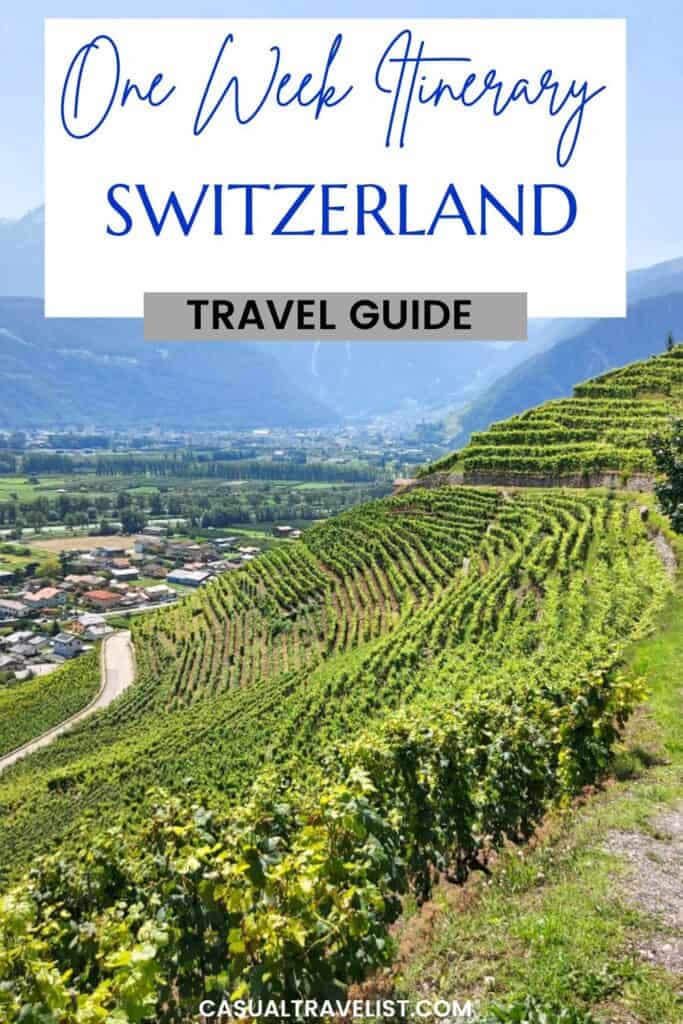

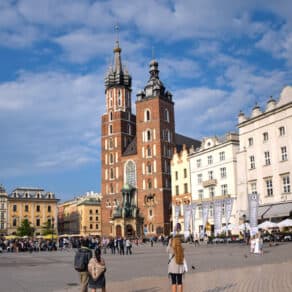
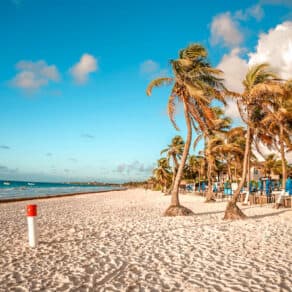
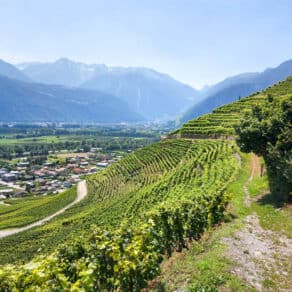
Leave a Comment